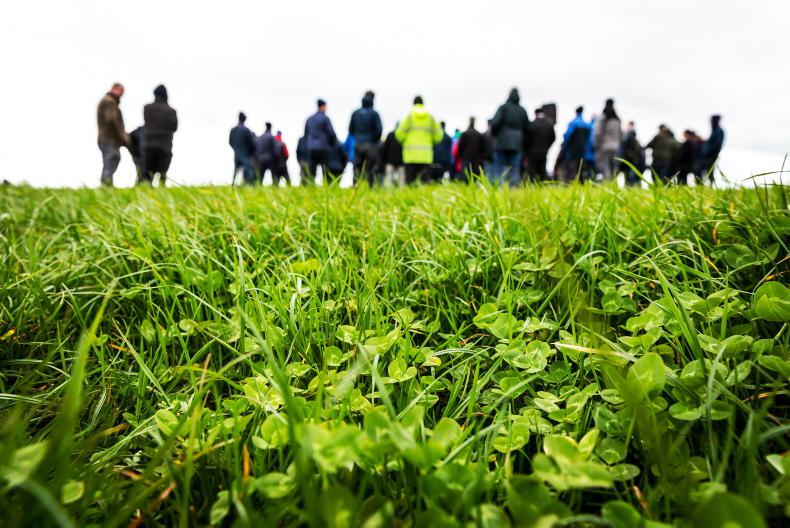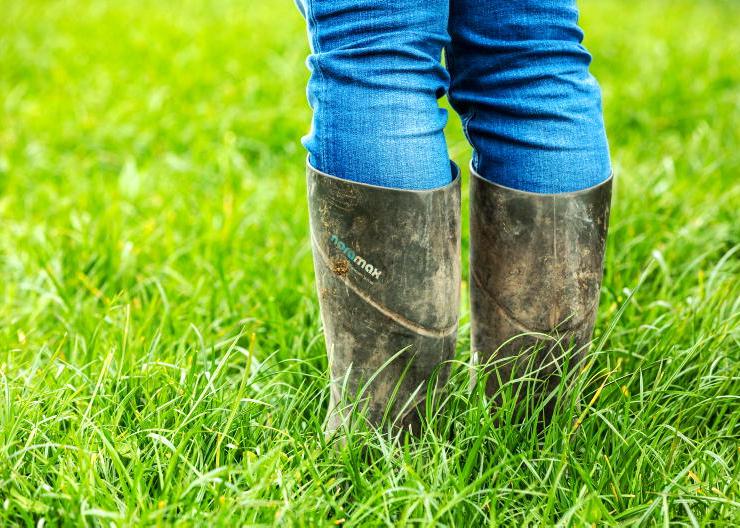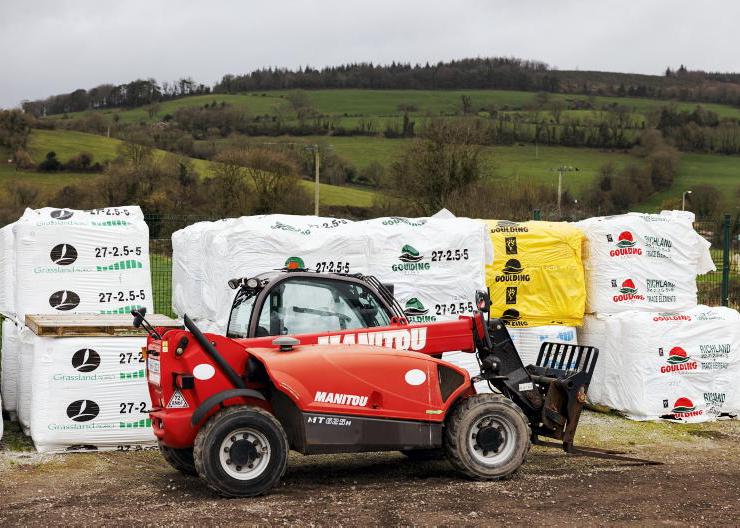Phosphorus
Low growth rates, high growth rates, dry weather, wet weather – different conditions all lead to the same issue at this time of year – phosphorus deficiency.
Some farmers are already observing cows eating stones and chewing plastic. This disorder is called pica and cows that express this behaviour are usually deficient in either phosphorus or sodium (salt).
If there is a history of this issue on a farm it is definitely worthwhile getting ahead of it developing by introducing additional phosphorus now.
Supplementing with phosphorus is costly and inconvenient. One option is giving cows access to a high phosphorus lick, either in the field, collecting yard or in the milking parlour.
It can also be fed through the water. There are three options here: add the phosphorus to the drinking troughs twice daily, use a computerised dosing system that adjusts the feed rate depending on water intakes or install a basic dosing system such as a Dosatron type device which is relatively cheap but not intuitive. This will suck up however much mineral is required, ideally over 24 hours.
Feeding through meal is an option but one issue here is that feeding rates need to be maintained at 3-4kg per day. So while the additional phosphorus costs about €40/t extra, the true cost could be much greater if twice as much feed needs to be fed.
Grass
Despite some colder weather returning next week, the prospects for grass growth remain relatively good at about 40kg/day.
This is slightly below demand for most farmers but because average farm cover is fairly strong on many farms it shouldn’t be a problem for most.
However, continuing to be a bit conservative on grass could be a good policy. If getting tight on grass and if silage ground is available to be grazed, in many cases for the second time, then I would go ahead and do it.
It will be the cheapest way out of the problem and more often than not silage yields won’t be affected because of the compensatory growth effect when the weather does change.
The only thing that would put me off doing this is if silage fertiliser has already been spread on these fields. On fertiliser, target 0.8 units per day over the next few months on grass only swards.
Feed
As most farmers are now in the second round of grazing, pre-grazing yields are generally low and the grass is lush and leafy. This can also be a factor in cows developing pica, (see above). Pre-grazing yields less than 1,000kg/ha can be risky from a nutritional perspective.
These low yields of lush grass are generally very low in fibre. There is a risk that cows could get a stomach upset such as acidosis when grazing these lush swards. It’s a particular risk where cows are being fed a lot of concentrates.
So if grass is scarce and supplement is needed, consider feeding some higher fibre feeds such as good quality silage in addition to 3-4kg of meal rather than going in with 6kg of meal and the rest made up of short, leafy grass.
With meal costs on the up, reducing the amount of meal fed over the next few months should be a key priority for all farmers.










SHARING OPTIONS